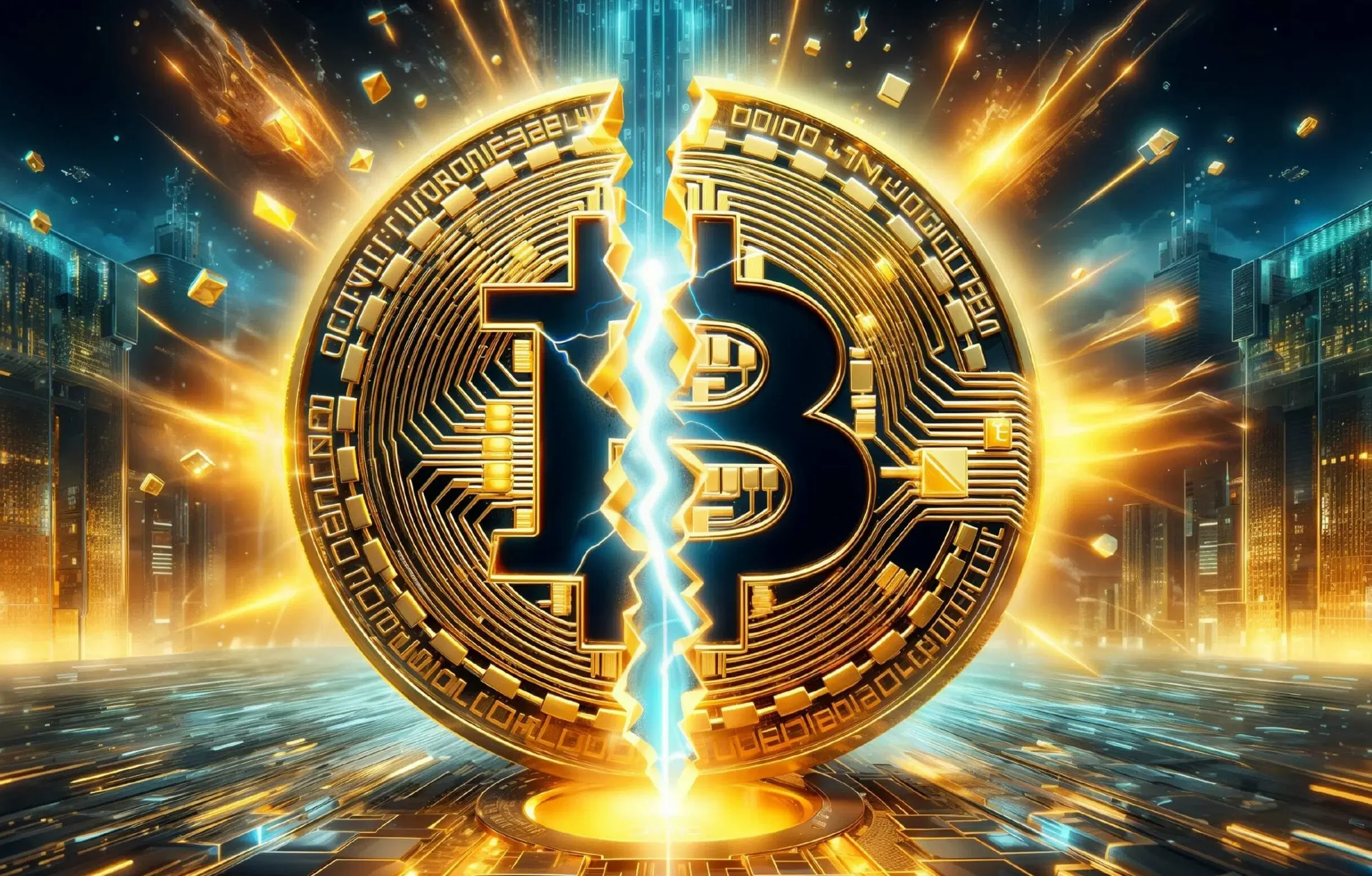Peter Todd, one of the most revered and influential inventors of Bitcoin’s 21-million supply cap, has questioned its immutability, sparking intense debate in the community. His comments raise a provocative issue: Should we ask about Bitcoin’s most iconic aspect—its constant supply? What happens to its value proposition?
Bitcoin’s Scarcity Principle
People often refer to Bitcoin’s 21 million coin limit as its foundation in value. Unlike fiat currencies, which central banks may create endlessly, Bitcoin’s 21 million supply scarcity has positioned it as a deflationary digital asset—”digital gold.” Satoshi Nakamoto, the pseudonymous developer of Bitcoin Market, purposefully created this limited quantity to stifle inflation and provide the currency with long-term consistency and predictability.
 Currently, participants generate new bitcoins through a process known as mining. But the payoff halves roughly every four years over time—a process known as a “halving.” Eventually, the total number of coins will surpass 21 million, and the creation of new bitcoins will cease, possibly by the year 2140.
Currently, participants generate new bitcoins through a process known as mining. But the payoff halves roughly every four years over time—a process known as a “halving.” Eventually, the total number of coins will surpass 21 million, and the creation of new bitcoins will cease, possibly by the year 2140.
Sustaining Bitcoin Security
Peter Todd’s main worry is what happens when block rewards are too low to maintain miner incentives. Fewer miners securing the network means increasing vulnerability to assaults as mining rewards fade and transaction fees become the only source of income.
To address this issue, Todd has suggested implementing a “tail emission,” a minor, continuous release of new coins after reaching the 21 million threshold. This approach would, he contends, give miners constant incentives to keep supporting the network, thereby maintaining its security.
In earlier conversations, Todd has argued that Bitcoin may be in a better long-term position if it had contained a minimal inflationary mechanism, say 0.1% or 1% annually. According to him, the concept of a bit of tail emission might not be as divisive in ten or twenty years as it is right now.
Debating Bitcoin’s Limit
Changing Bitcoin’s monetary policy is quite divisive, particularly about something as symbolic as its maximum supply. Many Bitcoin purists hold the 21 million maximum to be inviolable. They contend that changing it will not only throw off the story of Bitcoin’s scarcity but also erode faith in its long-term consistency.
Among the detractors is Blockchair lead creator Nikita Zhavoronkov. He said changing the supply limit may damage Bitcoin’s reputation as a store of value, as its fixed quantity distinguishes it from inflationary fiat currencies.
Others, meanwhile, have commended Todd’s candor and progressive attitude. The CEO of Cake Group, Dr. Julian Hosp, noted that Bitcoin has had to change to remain successful for decades and expressed gratitude for Todd’s readiness to question convention.
Forking for the Future
A hard fork could technically allow for altering the supply cap of Bitcoin, which would require broad agreement among miners, developers, exchanges, and node operators. However, reaching that degree of consensus in the distributed and frequently ideologically split Bitcoin ecosystem is famously challenging.
 The philosophical question is whether Bitcoin should change to fit fresh problems or stay strictly set to its original laws. Todd’s case makes the community consider long-term survival against ideological purity.
The philosophical question is whether Bitcoin should change to fit fresh problems or stay strictly set to its original laws. Todd’s case makes the community consider long-term survival against ideological purity.
Investor Confidence Debate
For investors, the argument has practical ramifications. Bitcoin’s scarcity mainly determines its price and market attractiveness. Some worry that changing the supply cap could lead to lower confidence and a price reduction.
Others view the reverse: a small tail emission could protect the network and improve its long-term stability; hence, Bitcoin has become even more practical worldwide. As always in Cryptocurrencies, Views count just as much as policy.
Final thoughts
Peter Todd’s challenge to the 21 million cap triggers the Bitcoin community. This raises challenging issues: Should security come before shortage? Should pragmatism take the stage from ideology?
This discussion reveals that even the most fundamental features of the system are not debatable, such as whether or not the Bitcoin community ever welcomes a tail emission. Discussions like this are essential to ensure Bitcoin is safe, distributed, and relevant in a fast-changing environment as it ages.

